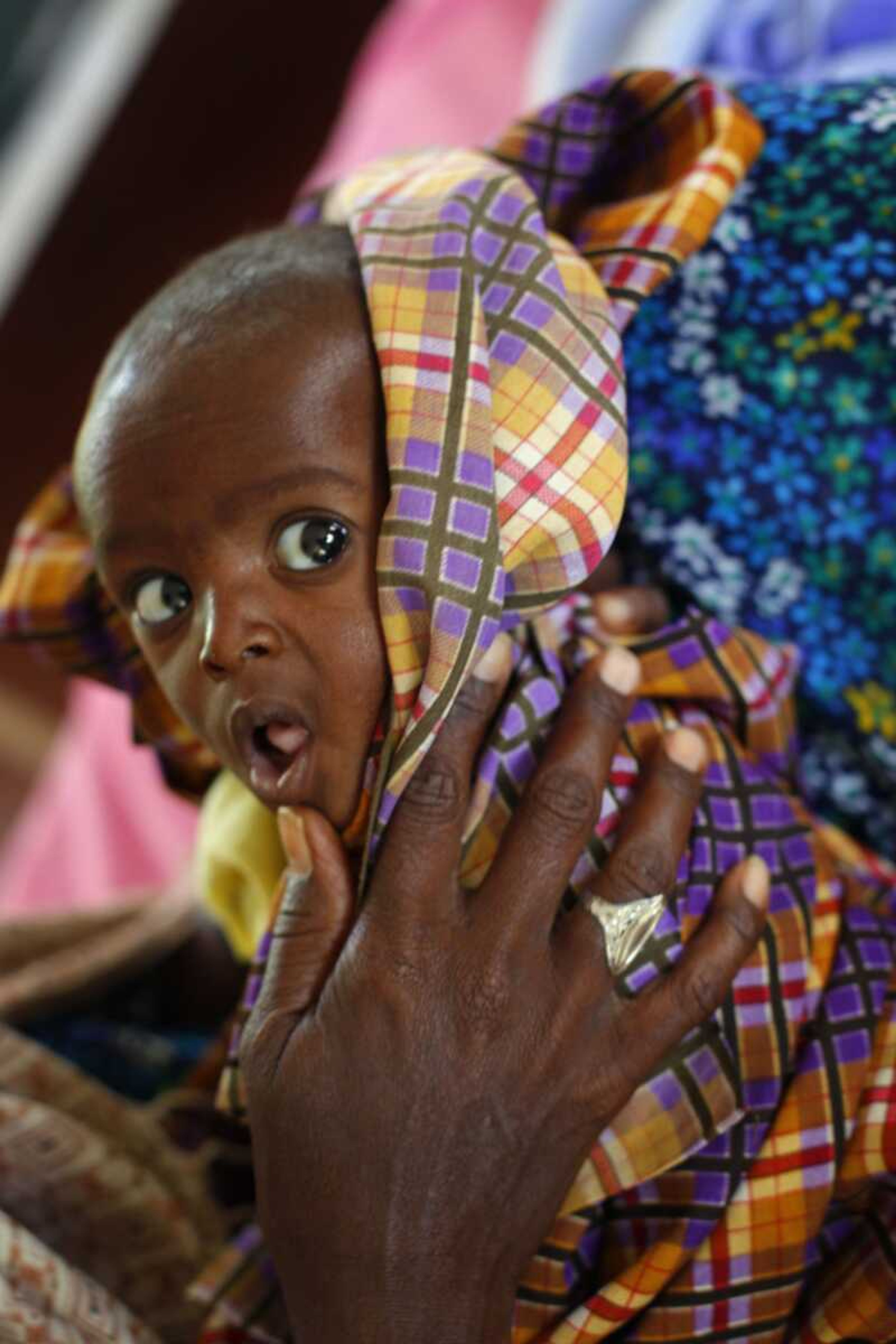Somali baby's survival seen as rare success
DADAAB, Kenya -- Only 10 days ago, Minhaj Gedi Farah was too weak to cry and his skin crumpled liked thin leather under the pressure of his mother's hands. Now doctors say the severely malnourished 7-month-old appears out of danger of joining the more than 29,000 children who already have died in the famine...
DADAAB, Kenya -- Only 10 days ago, Minhaj Gedi Farah was too weak to cry and his skin crumpled liked thin leather under the pressure of his mother's hands.
Now doctors say the severely malnourished 7-month-old appears out of danger of joining the more than 29,000 children who already have died in the famine.
It's a rare success story amid unimaginable misery for parents at the world's largest refugee camp -- a place where a father must bury two of his daughters one day and their brother the next.
Seven-month-old Minhaj though now weighs more than 8 pounds -- still well below what he should for his age, but a major improvement from 7 pounds when he first arrived at a field hospital ward here.
"He is in stable condition and he is doing well," said Dr. John Kiogora of the International Rescue Committee, who has been treating the infant since his arrival in late July.
Startling photos of Minhaj's twig-like arms and hollow cheeks made him the frail face of the worst famine in 60 years.
On Saturday, though, the wide-eyed baby looked around the ward inquisitively and became captivated with a journalist who was taking his picture.
It's a miracle for his mother, and a testament to just how hard doctors and other health care workers here are trying to save lives as more and more malnourished children arrive each day.
Most parents have been far less fortunate: New arrivals at Dadaab have described losing as many as four children to starvation and disease along the journey by foot from Somalia.
Others made unthinkable decisions about which children to take with them, and which to leave for dead under trees so that the entire family did not perish.
More than 29,000 children under the age of 5 have died in the last 90 days in southern Somalia alone, according to U.S. estimates. The United Nations says 640,000 Somali children are acutely malnourished, suggesting the death toll of small children will rise in the coming weeks.
Connect with the Southeast Missourian Newsroom:
For corrections to this story or other insights for the editor, click here. To submit a letter to the editor, click here. To learn about the Southeast Missourian’s AI Policy, click here.









